Learning News Kindergarten
Miss Sophie Goodman

Learning News Kindergarten
Miss Sophie Goodman
Please continue reading together each night. Encourage them to practice writing letters, decodable words, sentences, and numbers at home, making sure they use the correct formation
Initial Lit
These are our current sounds we have learnt in Initial Lit!

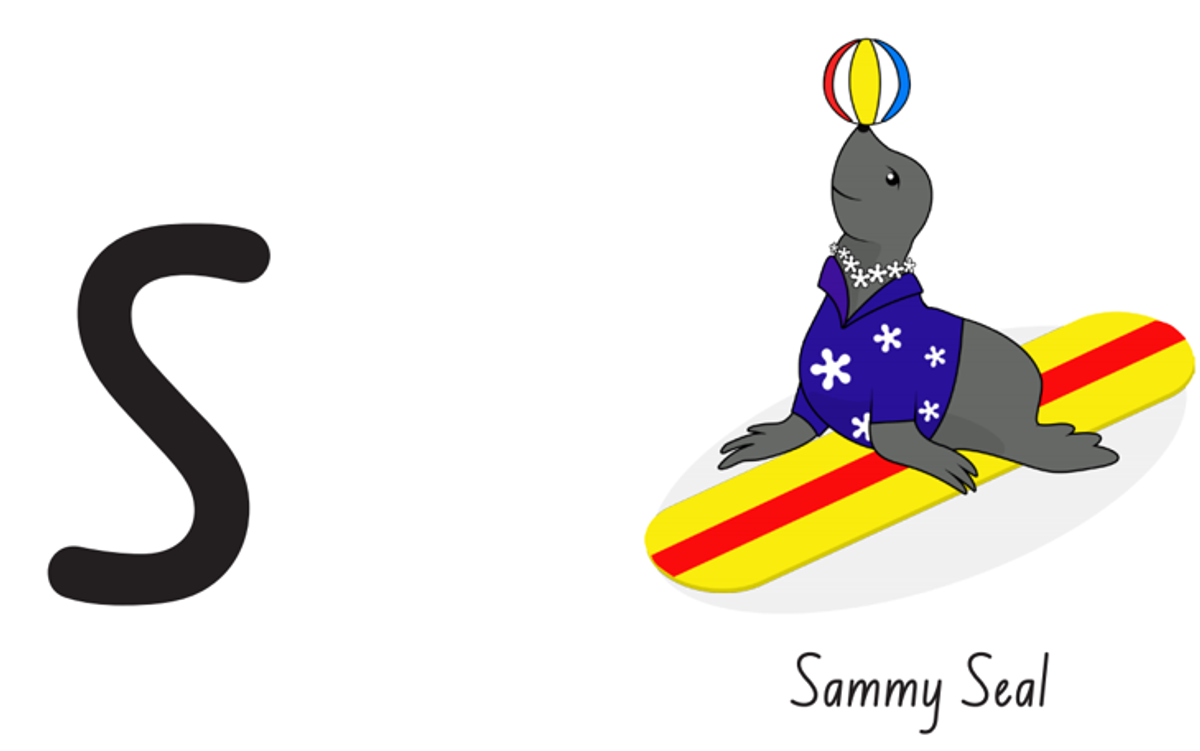

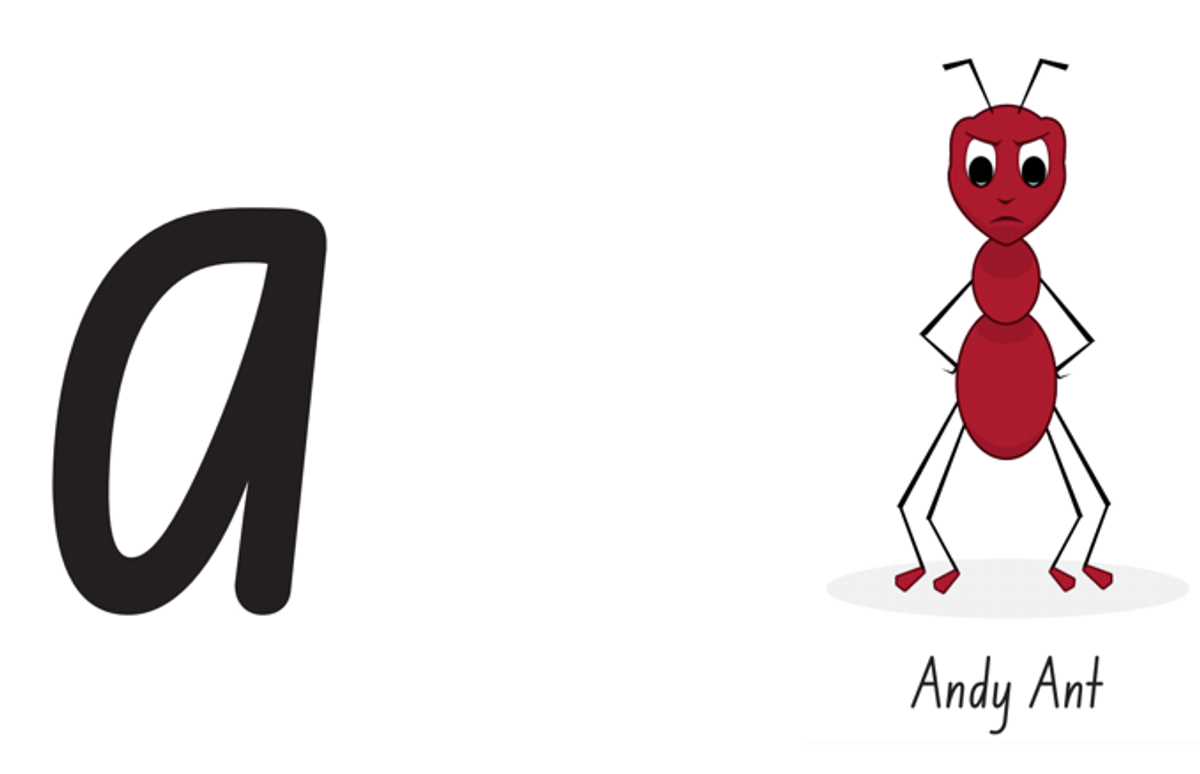
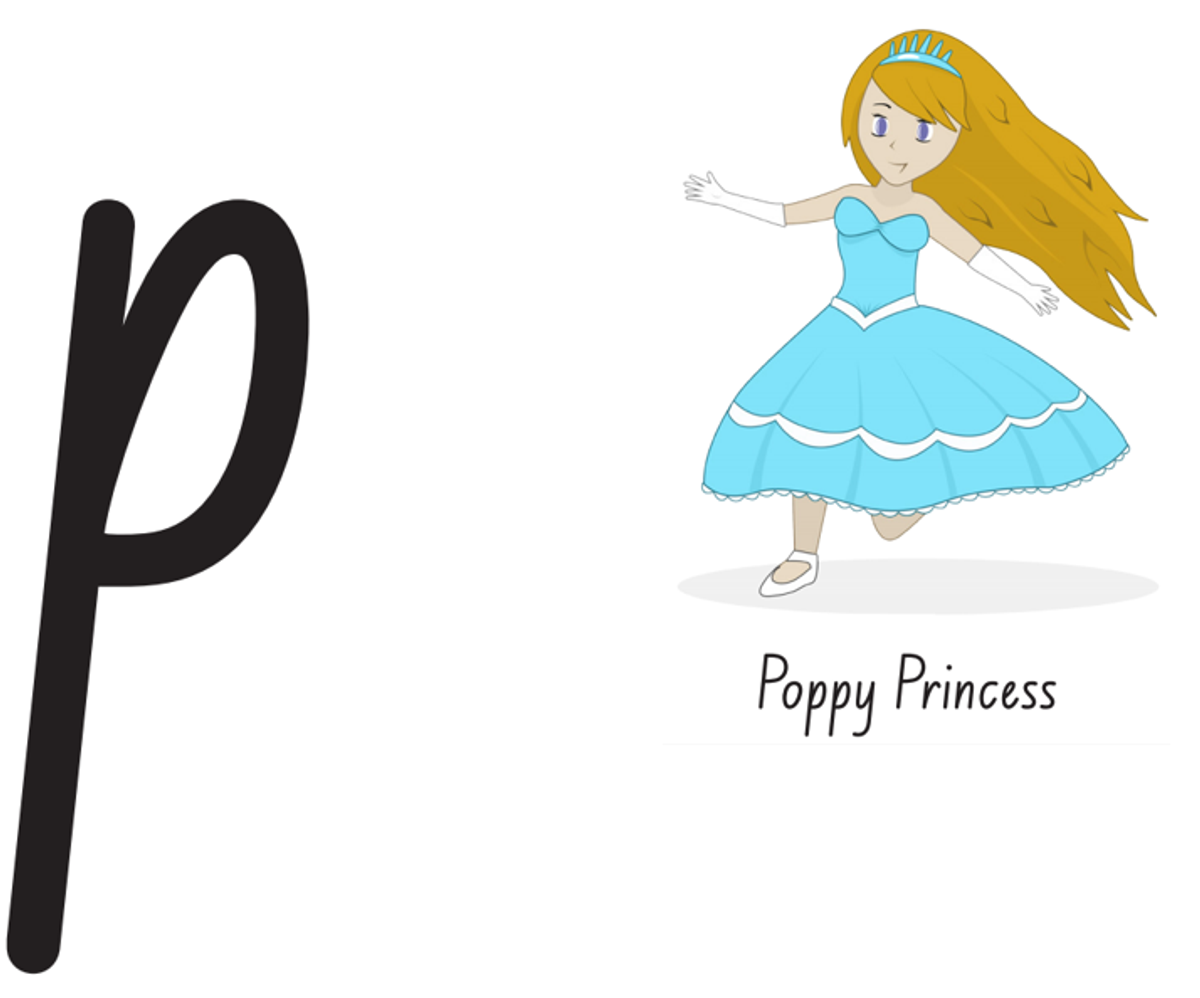
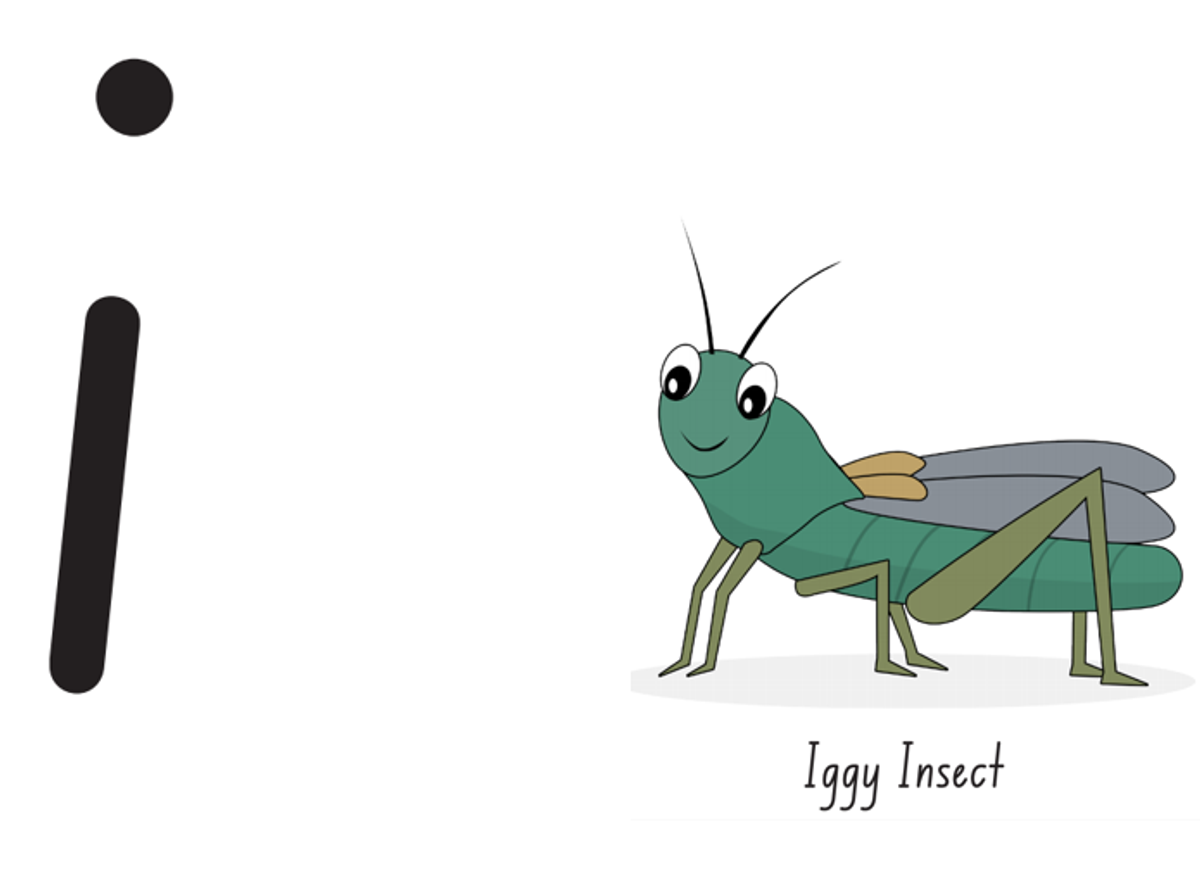
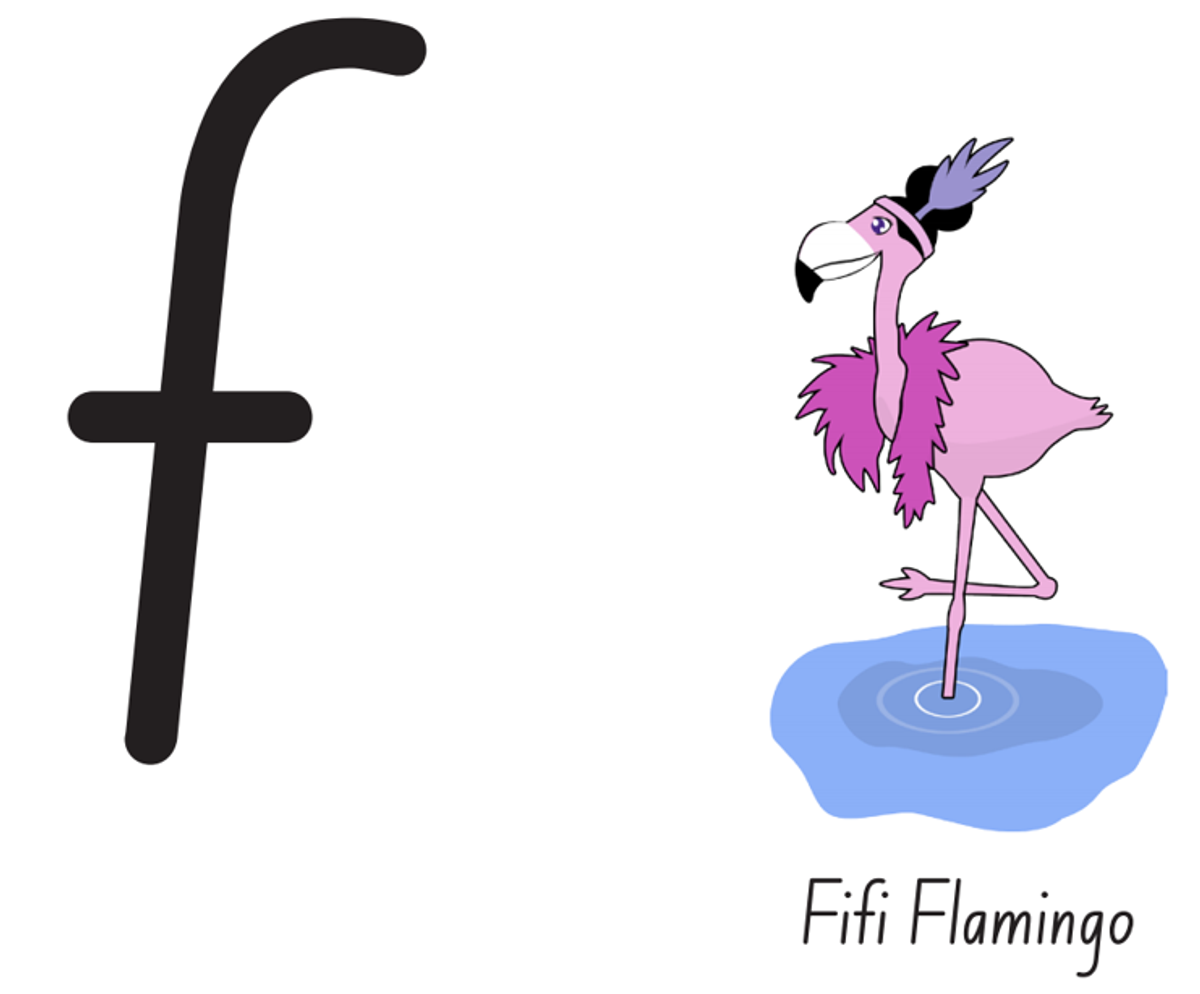
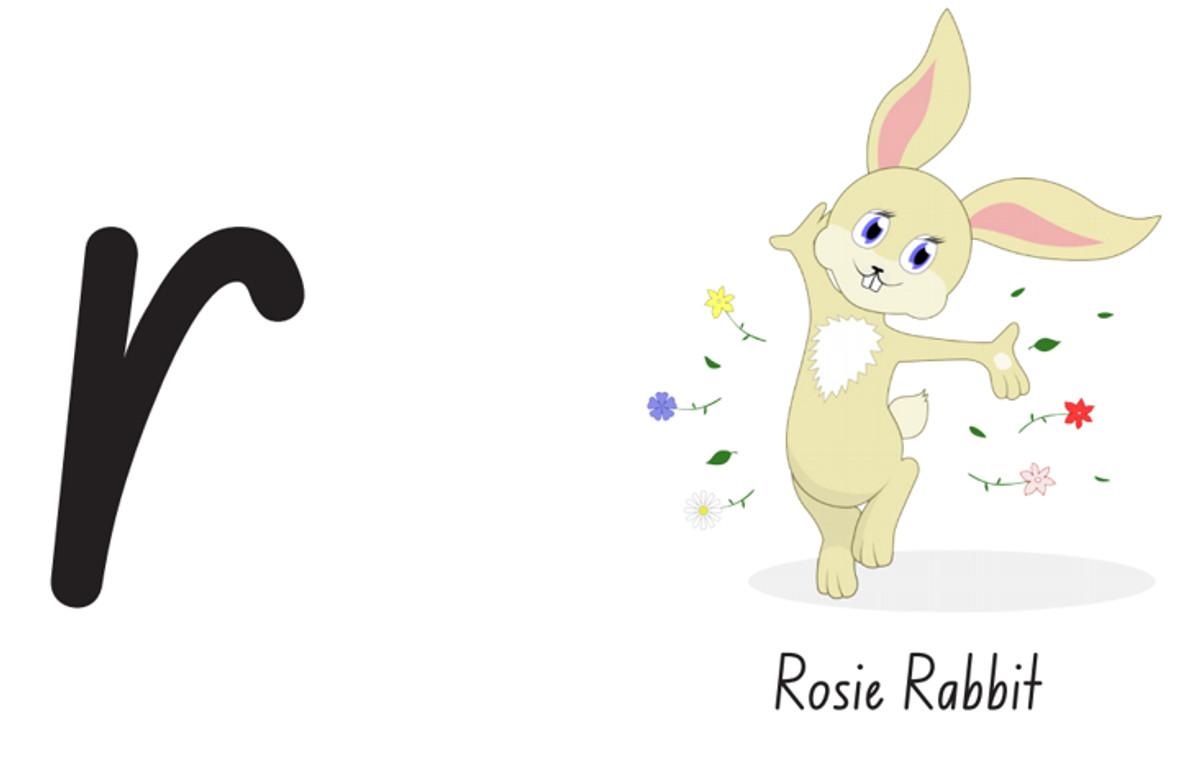
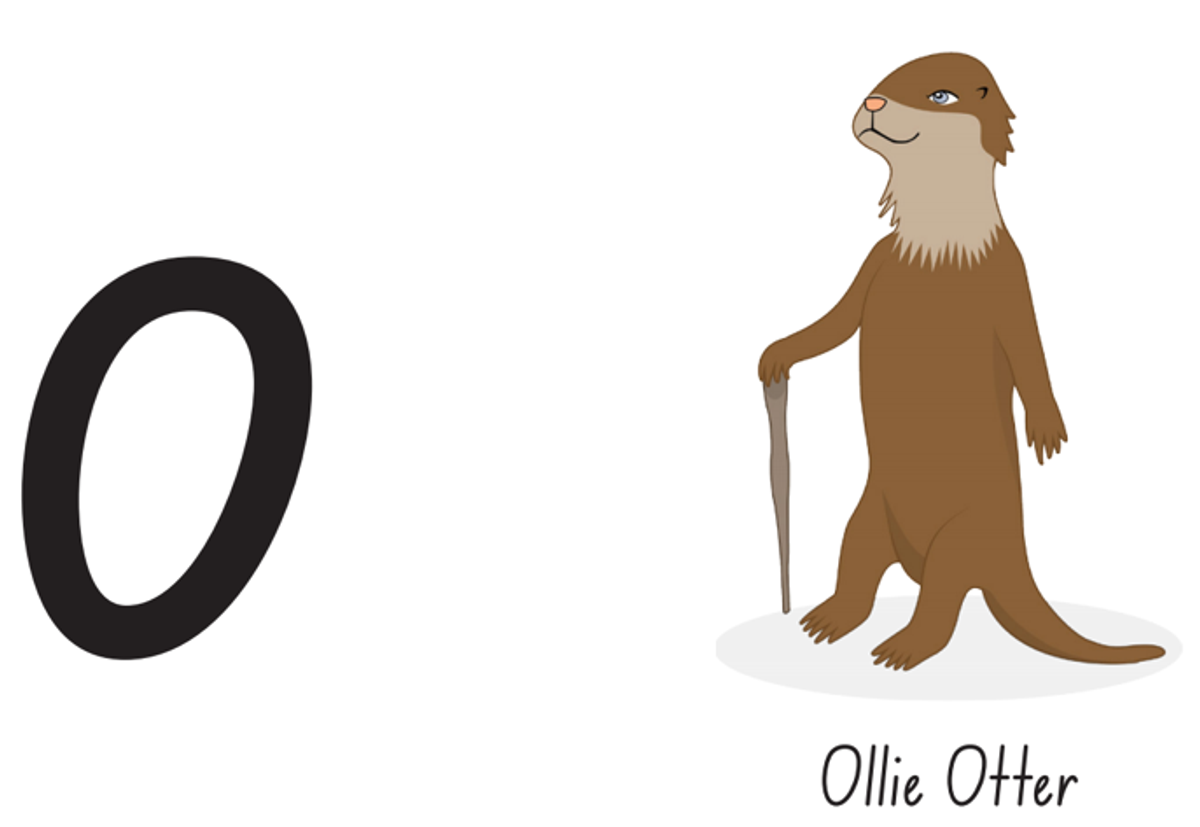


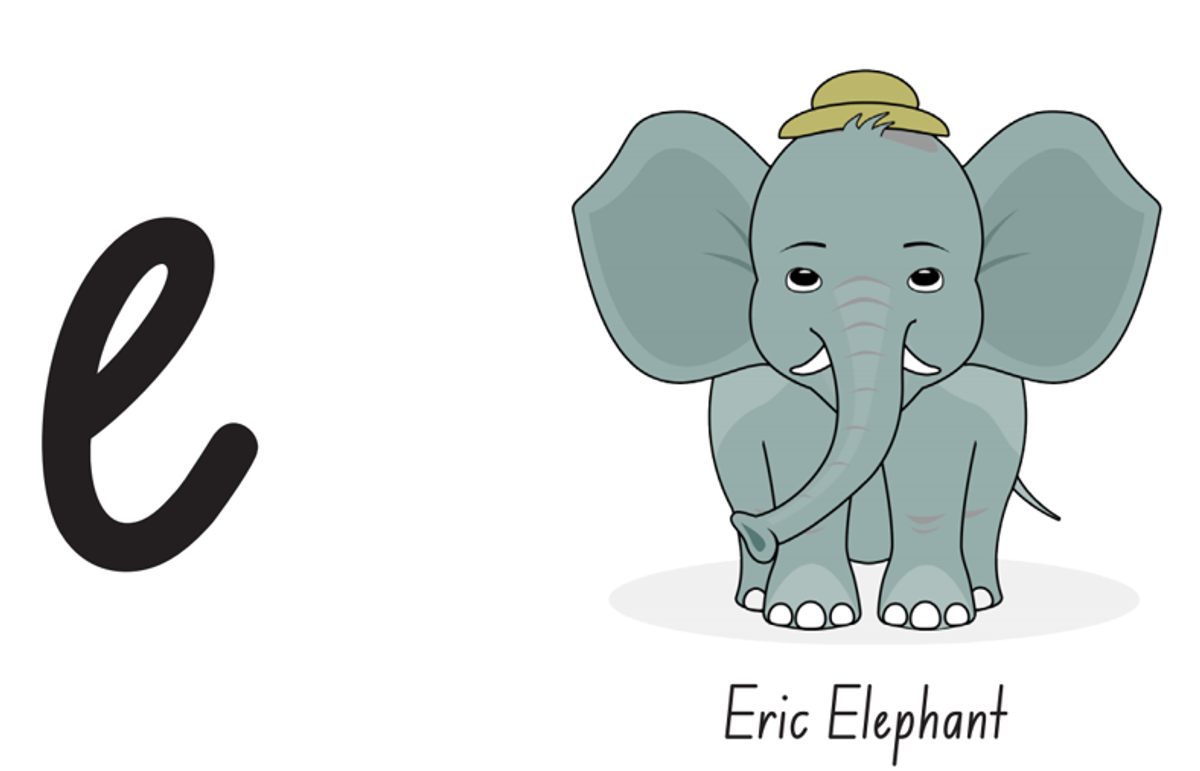

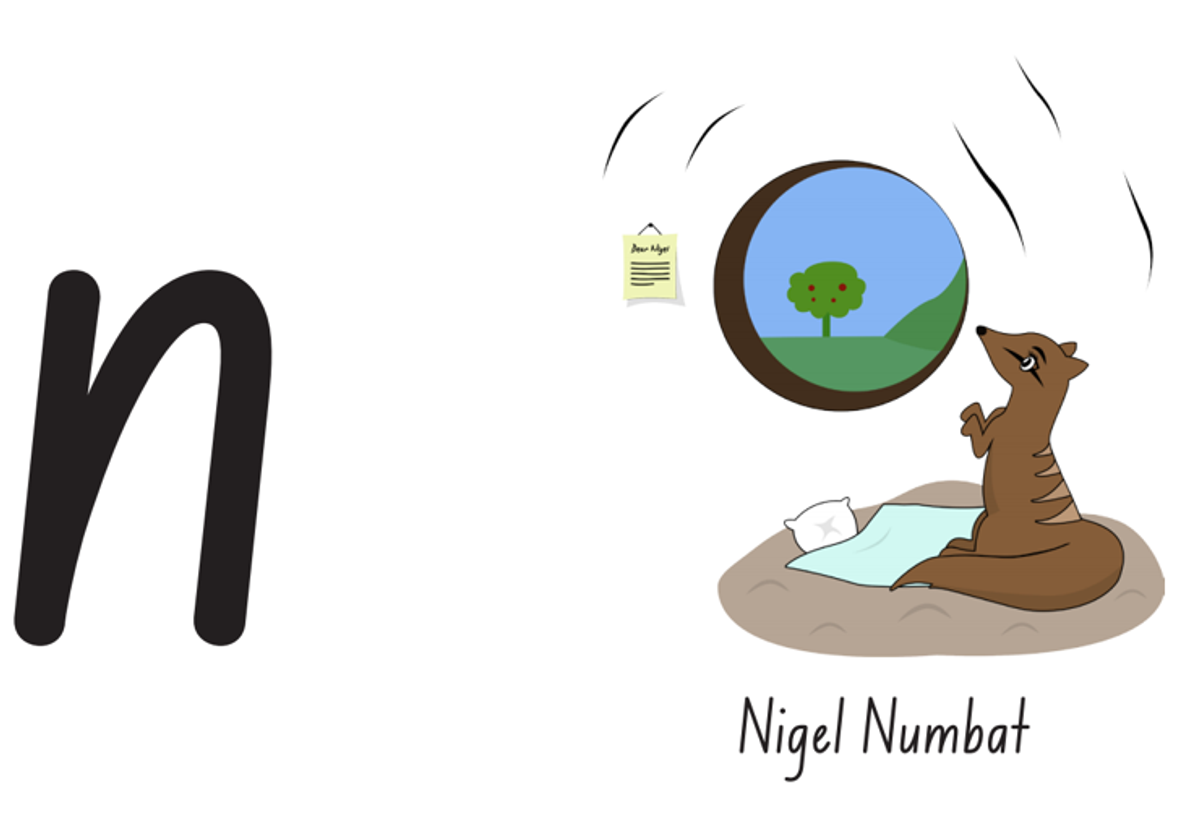
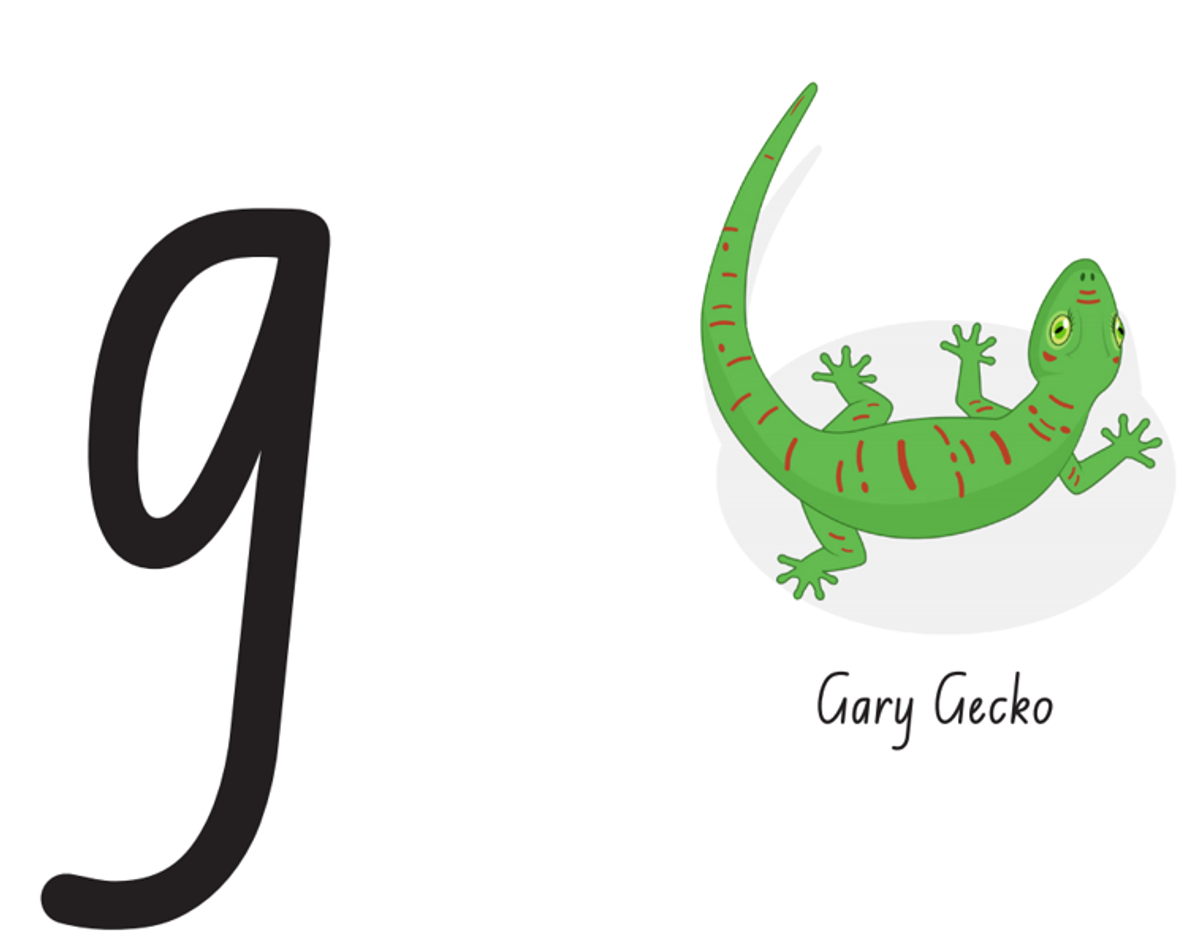















Dictation
Now that Kindergarten are becoming more confident with their letter sounds and our first tricky words, it’s a great time to start encouraging dictation at home. Dictation is when someone says words out loud and your child writes them down exactly as they hear them. It helps improve their spelling, listening, handwriting, and attention to detail. Here are a few sentences which include the sounds and tricky words that we have learnt!
| Simple sentences | More challenging sentences |
|---|---|
1. I am a man. 2. The cat is on the mat. 3. My dog is sad. 4. That pig is fat. 5. You can hop and spin. 6. They are in the pen. 7. I said to the hen. 8. Is it a cap or a hat? 9. The rat was in a bag. 10. My dad is at the top. | 1. I can sit on the red mat. 2. The dog is in a big pen. 3. That cat is fast and fat. 4. They said the rat is on top. 5. You are to hop to the big bag. 6. My dad is at the tip. 7. The hen and the pig are in a bed. 8. I said that the cat is fat. 9. It is hot and the fan is on. 10. They are not in the cap. |
Tricky Word Program
Now that we’ve officially begun learning our tricky words, I’d like to explain how our tricky word program works. This program is closely aligned with our Initial Lit lessons and is designed to support students’ literacy development throughout the year.
Over the course of the year, Initial Lit will introduce a total of 55 tricky words. These words are carefully grouped according to when they are taught, allowing students to focus on a manageable set of words at a time. This structured approach helps ensure that students can build confidence and mastery gradually. Each time they master a group of words, they will then move onto the next 'level' and focus on mastering those words. By the end of the year, our goal is for all Kindergarten students to be able to confidently read and spell all 55 tricky words.
This week, I also sent home a Tricky Word Record booklet. This resource includes all of the tricky words your child will be learning this year, organized by level. The booklet is designed to help you track your child’s progress at home. Once your child can confidently read each word in a level seven times, they are considered to have mastered that level (example below).

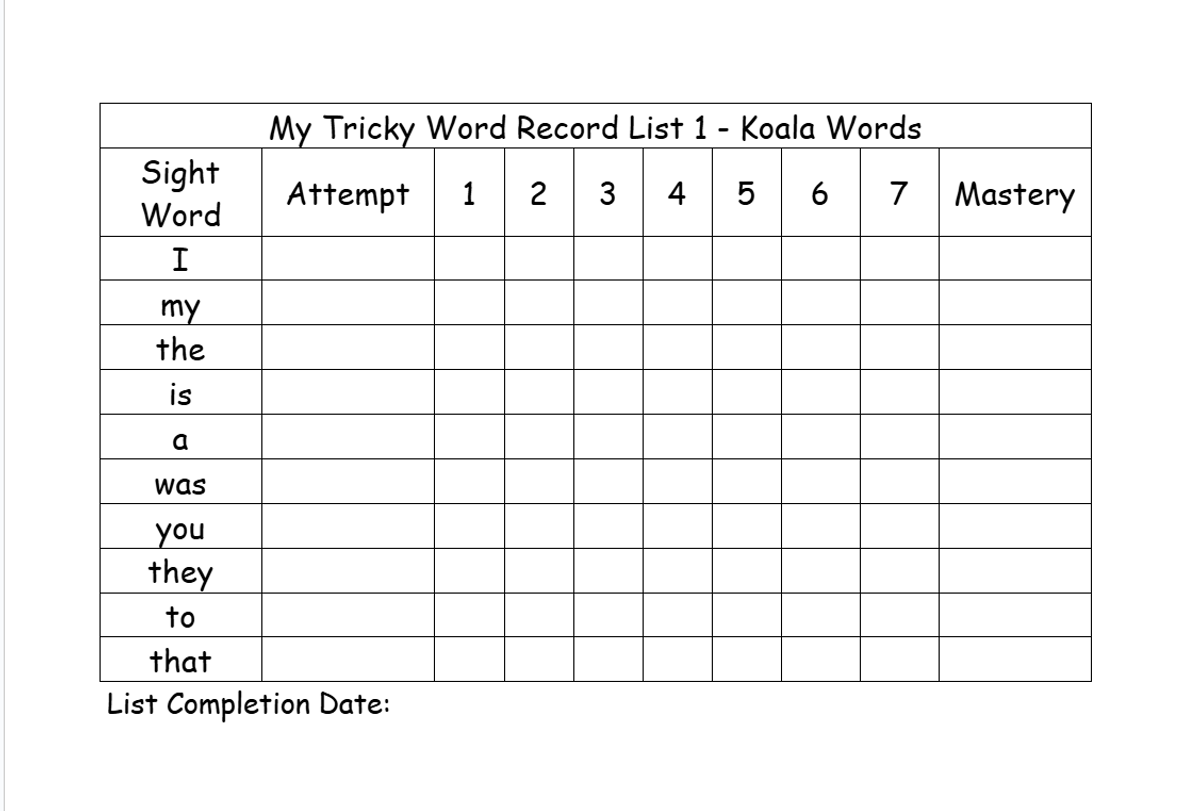


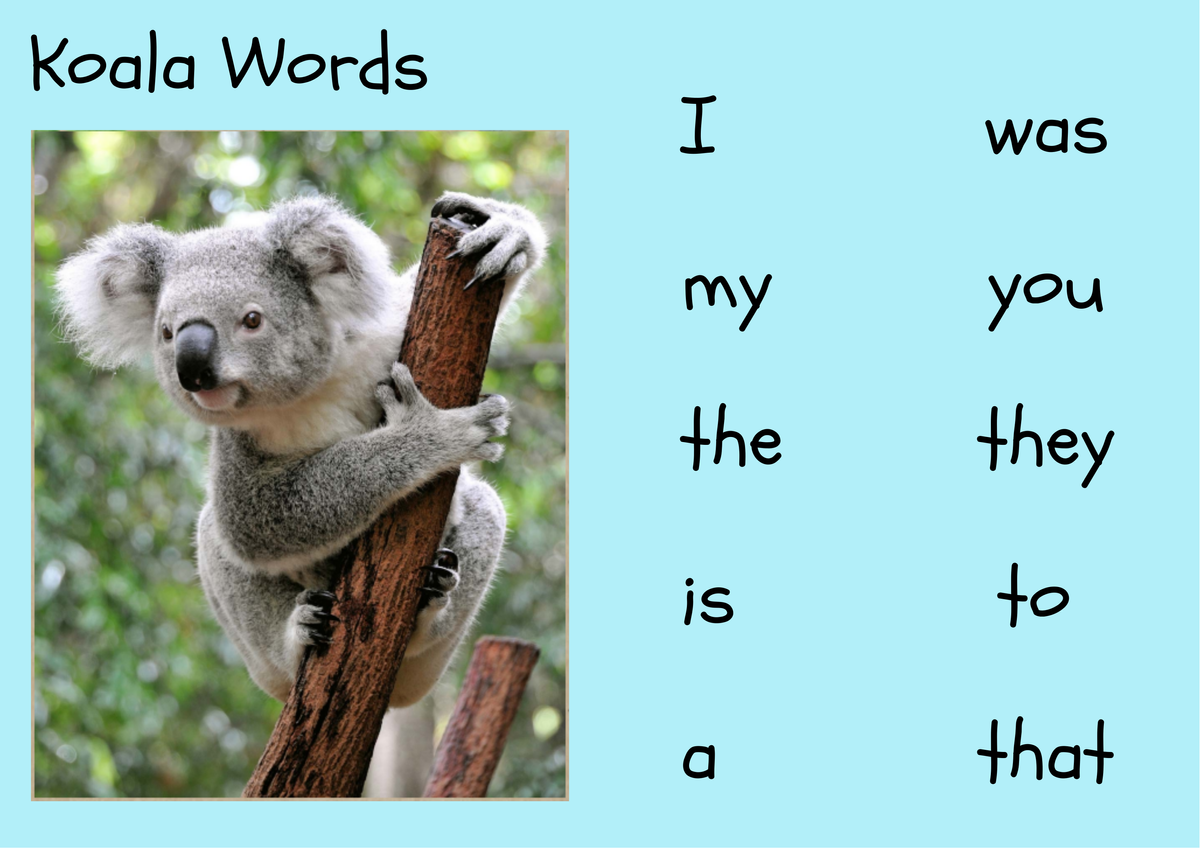
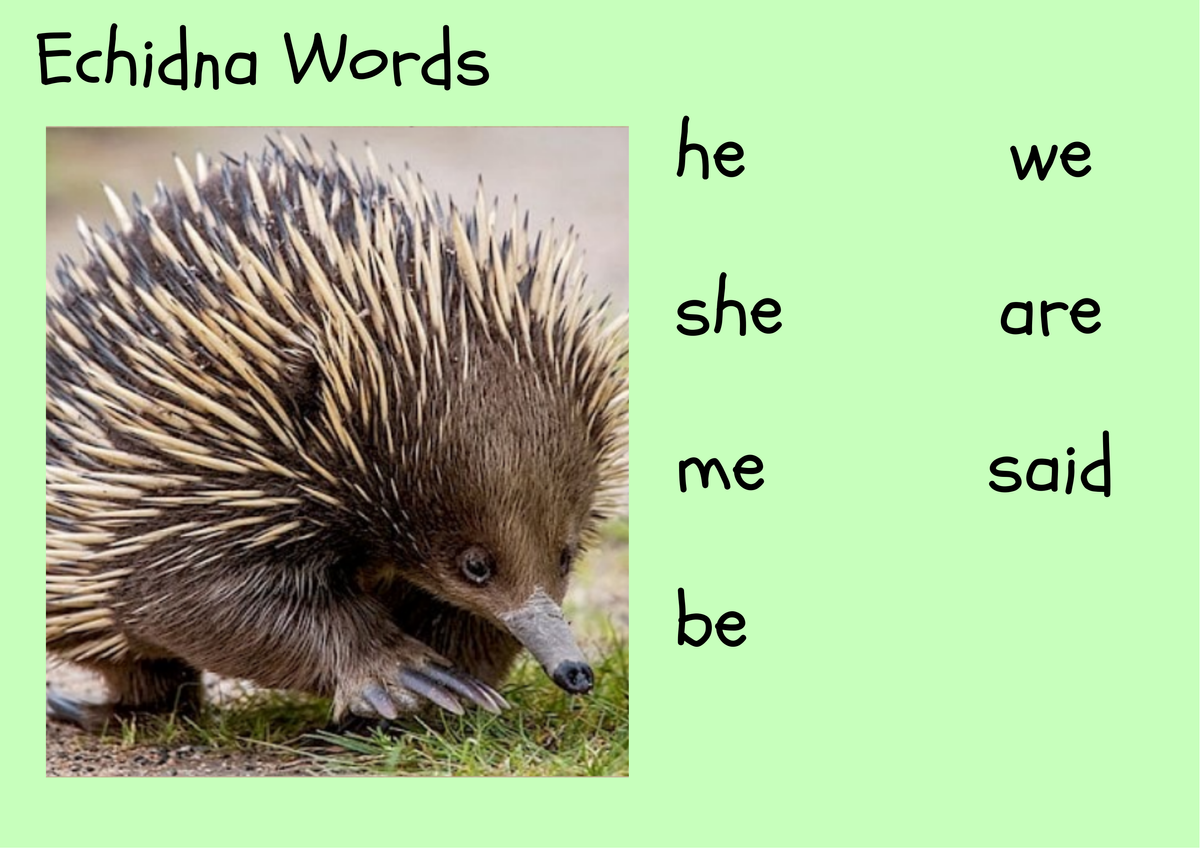
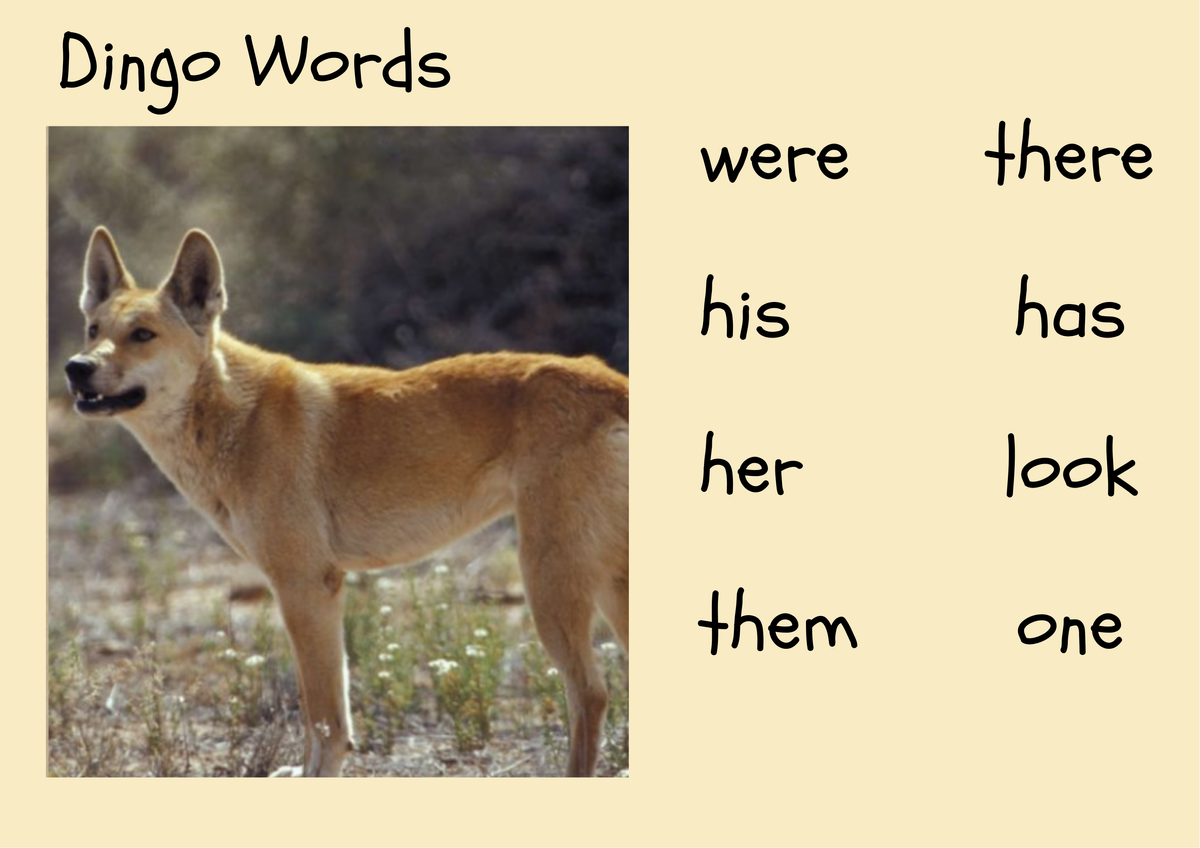
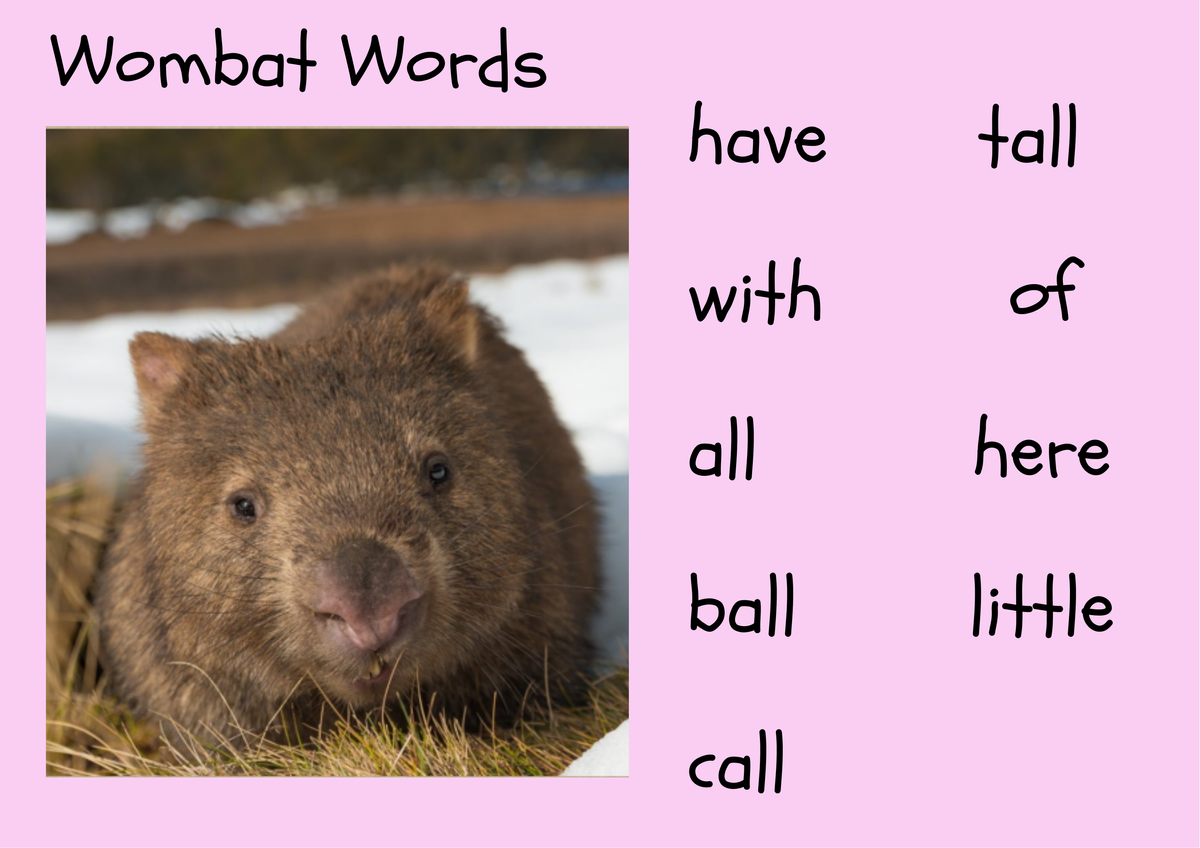
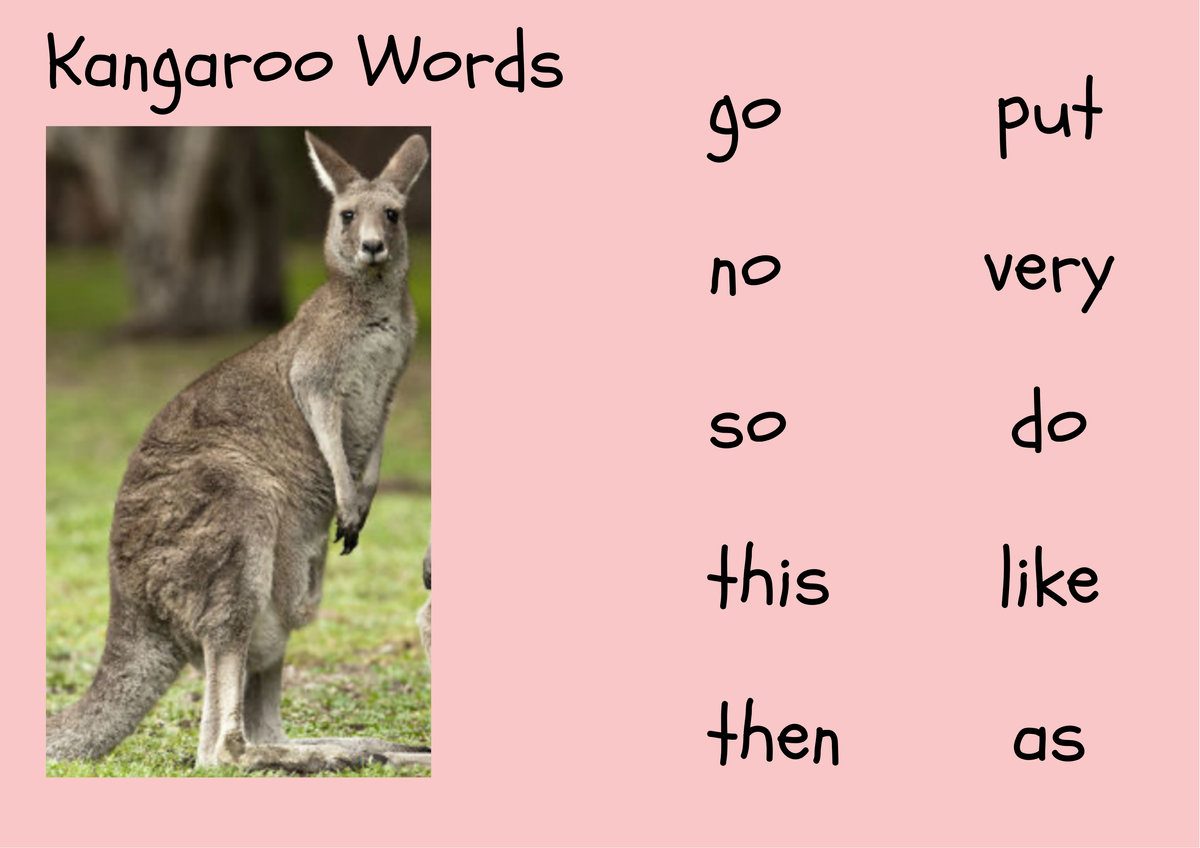
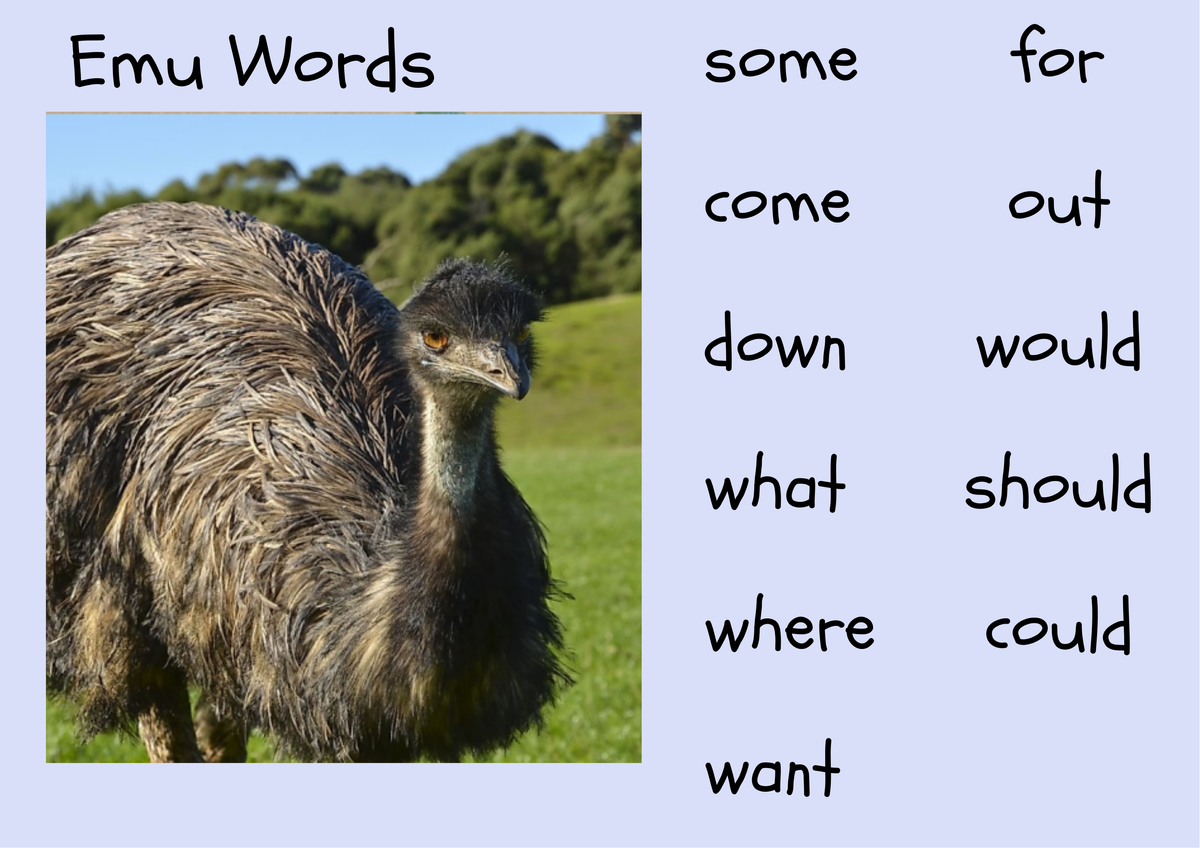






Here are some ways to practice reading and spelling tricky words at home!
Maths
We’ve just wrapped up our week-long unit all about area! Students learned how to describe and compare the area of similar shapes by creating and exploring closed shapes. They used words like bigger, smaller, more area, and less area to compare different shapes and surfaces. Students also made predictions about which shape had more area and explained their thinking. The highlight was measuring the area of various objects and spaces around our classroom—lots of hands-on fun and learning!
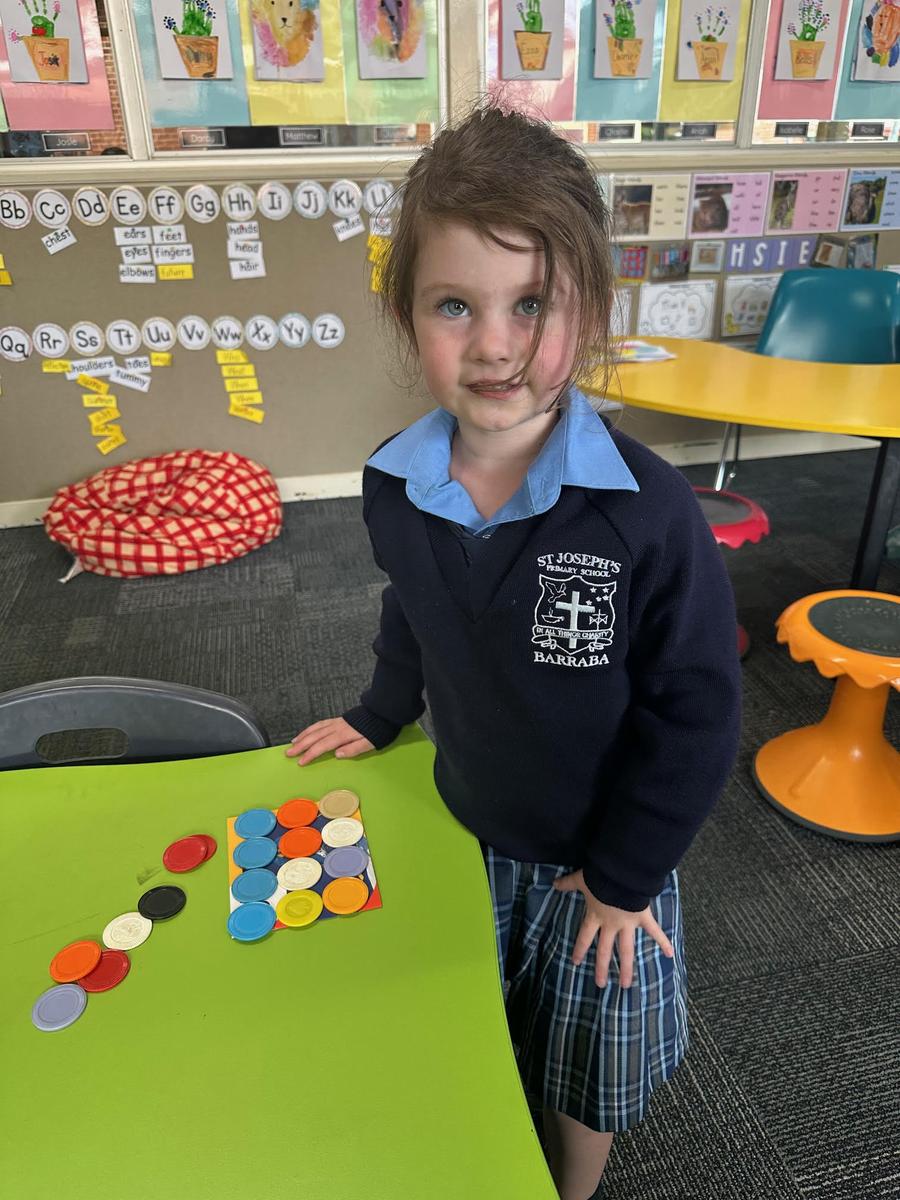
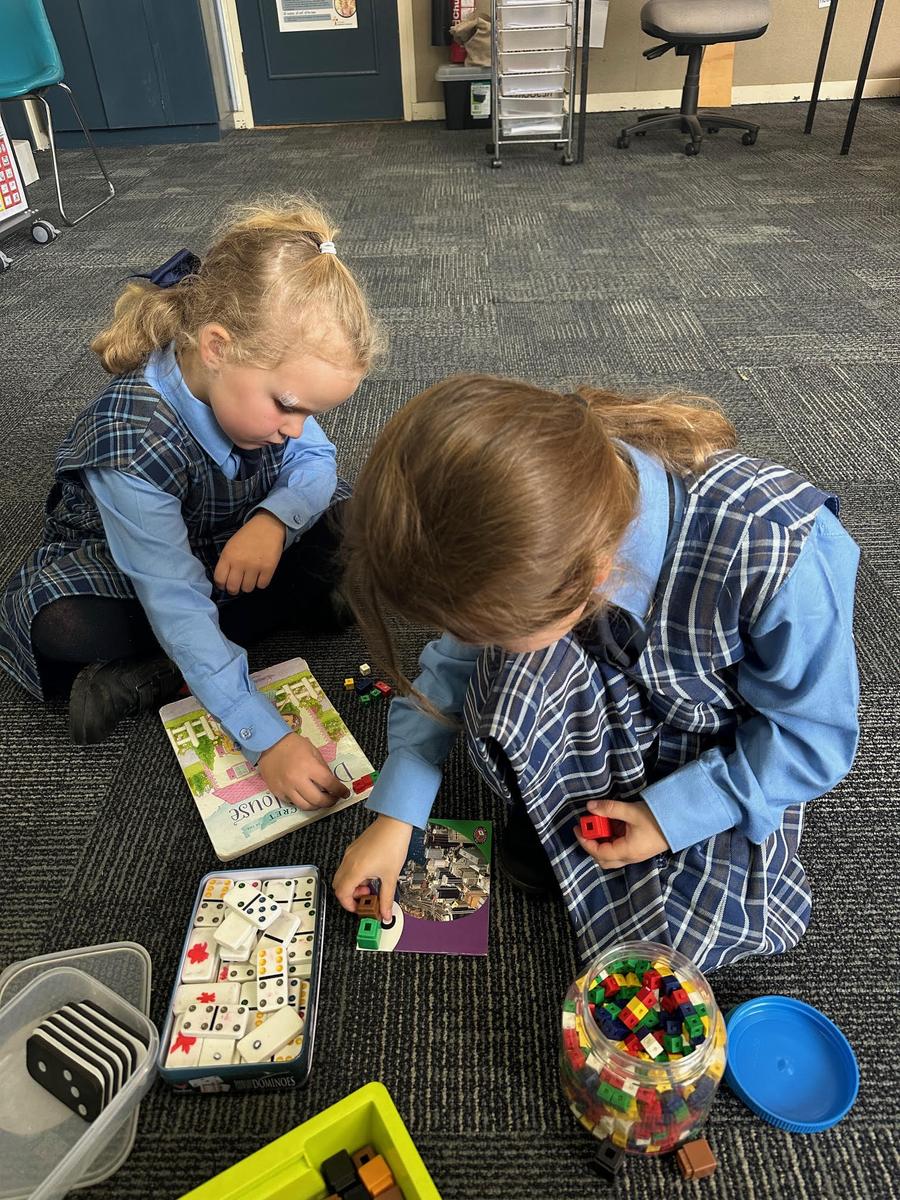
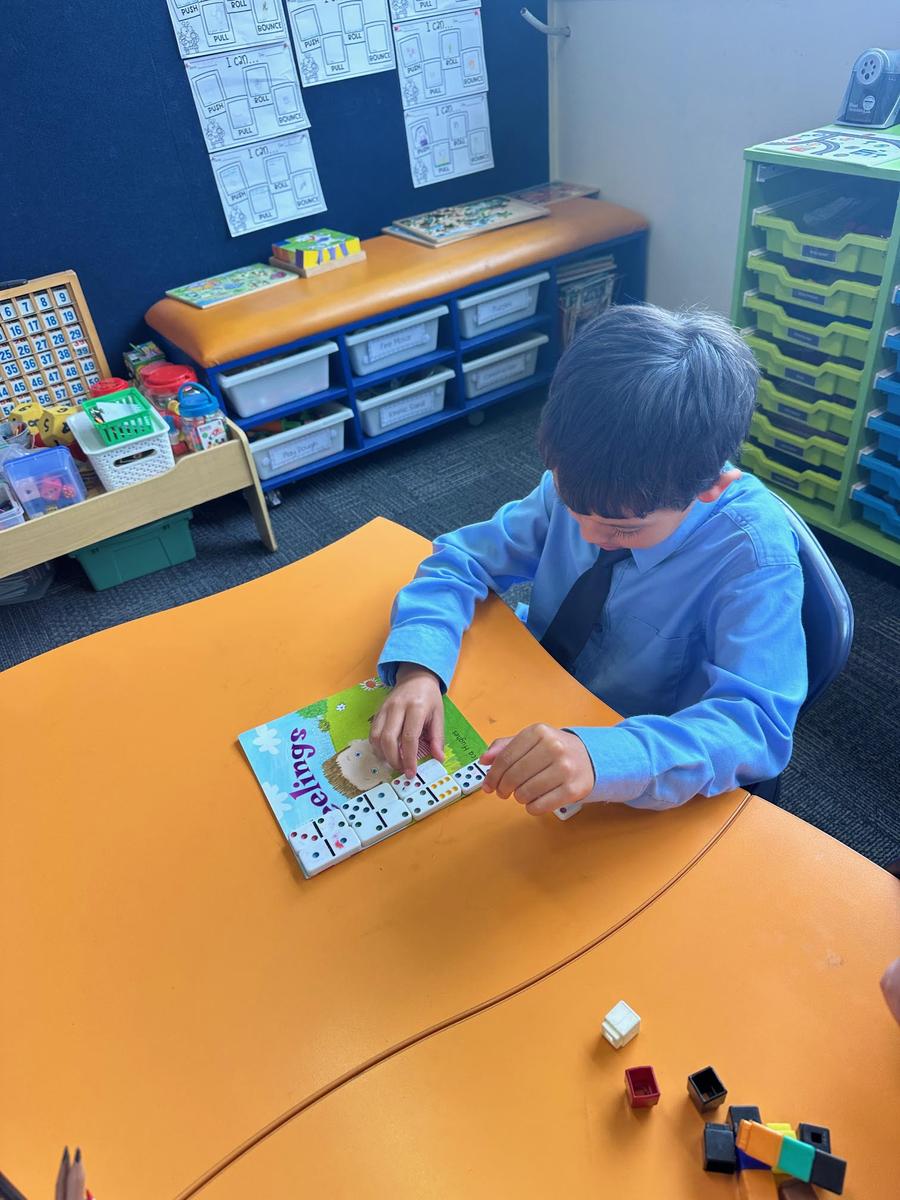
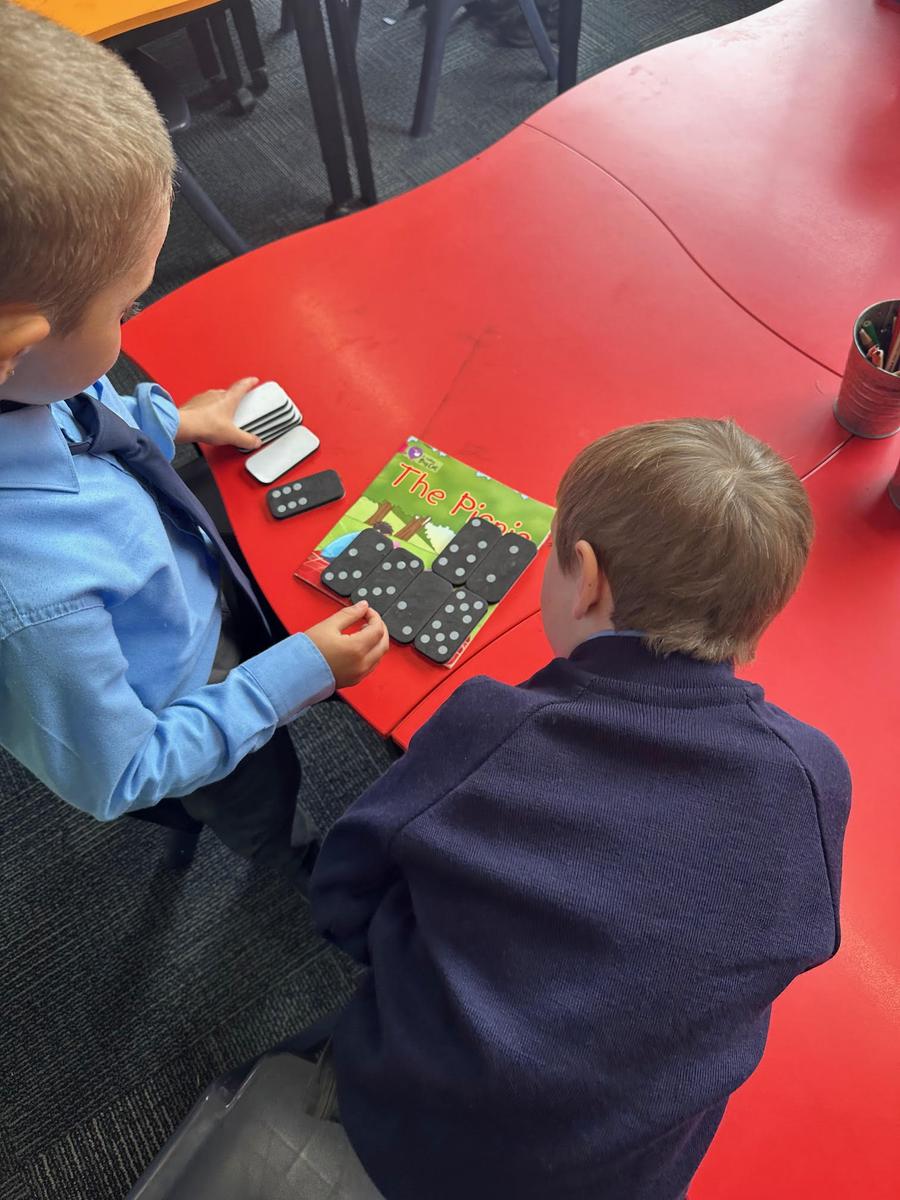
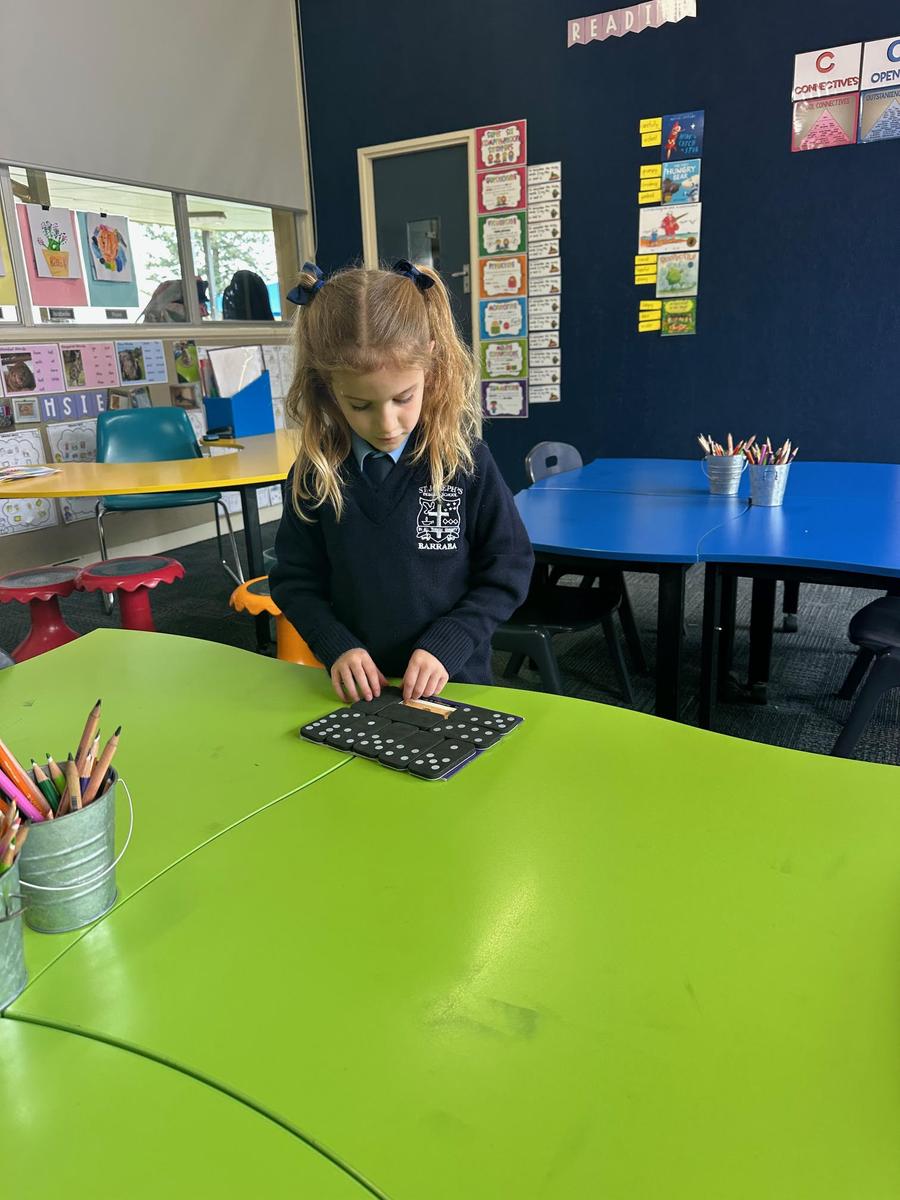
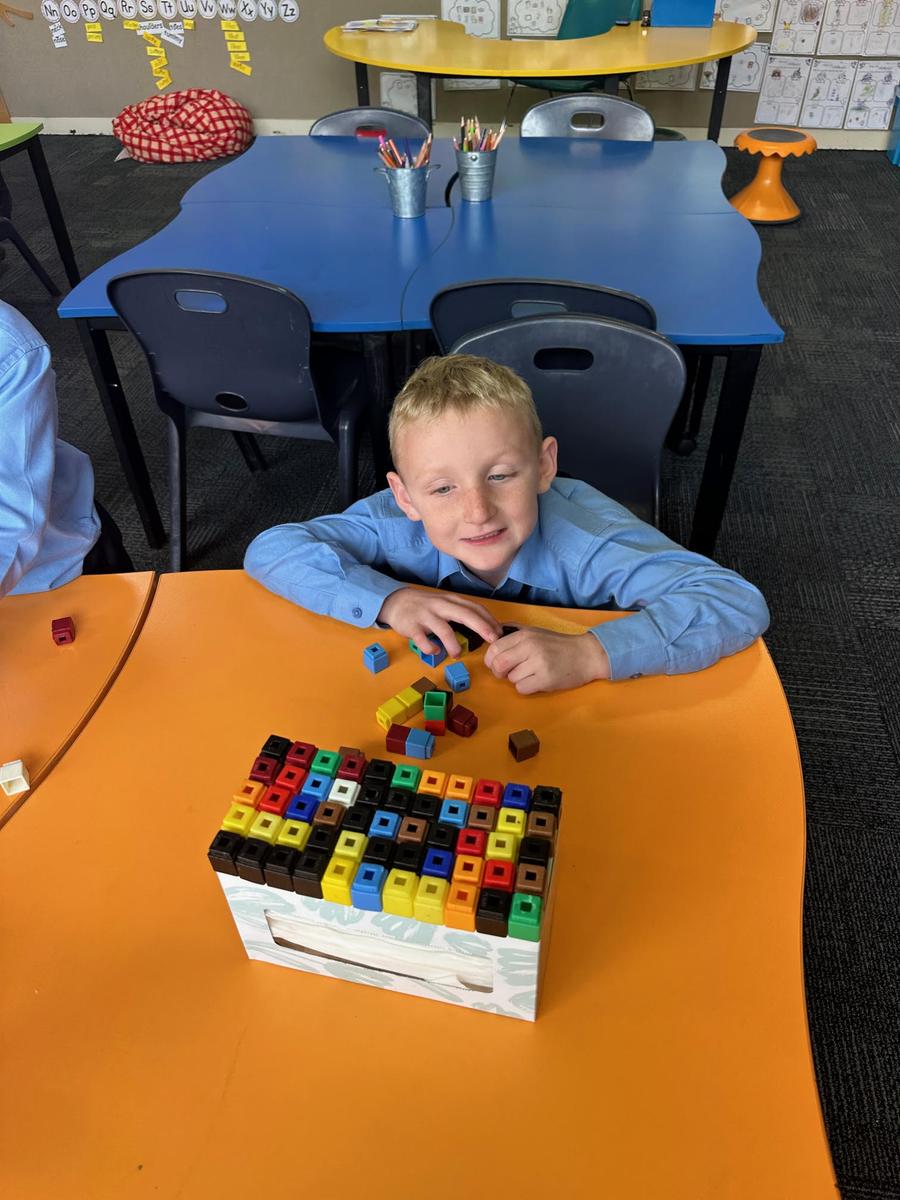
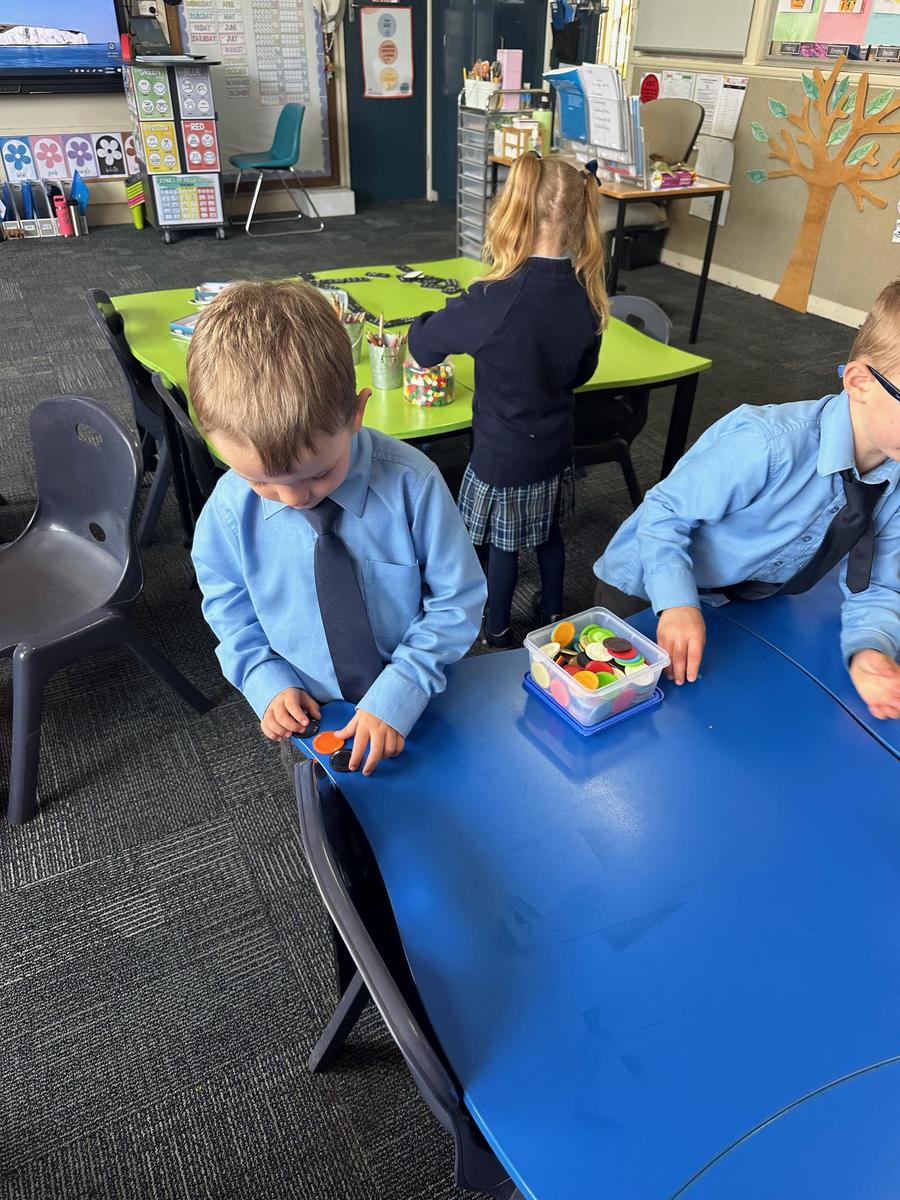
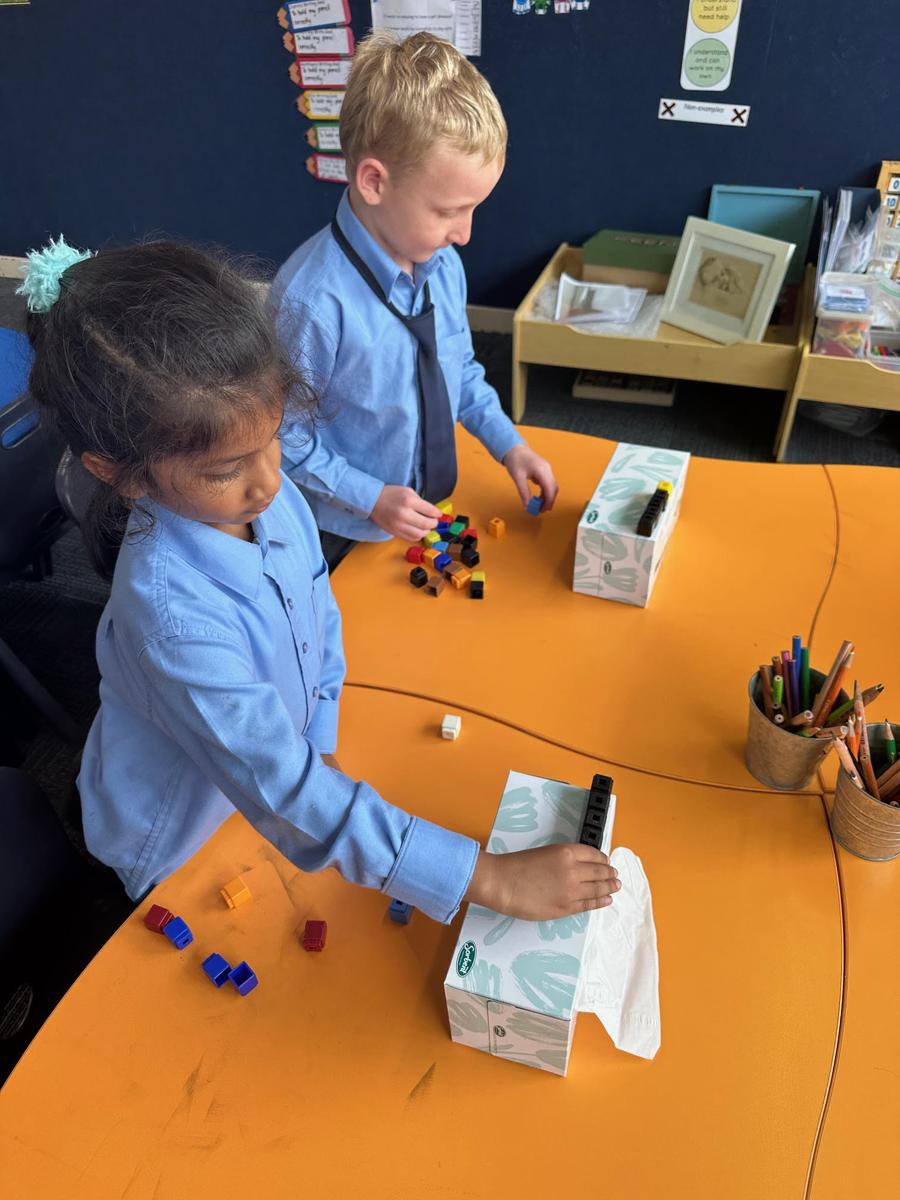
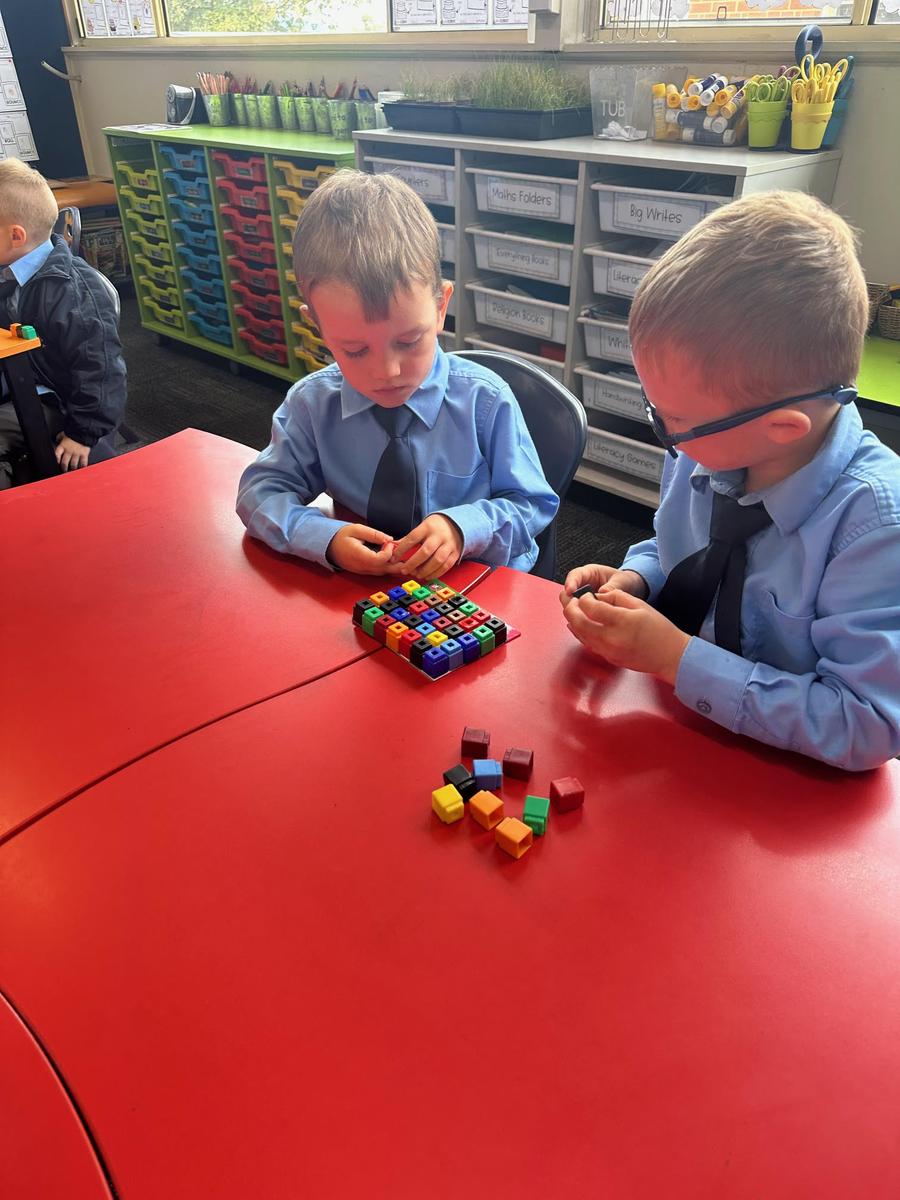
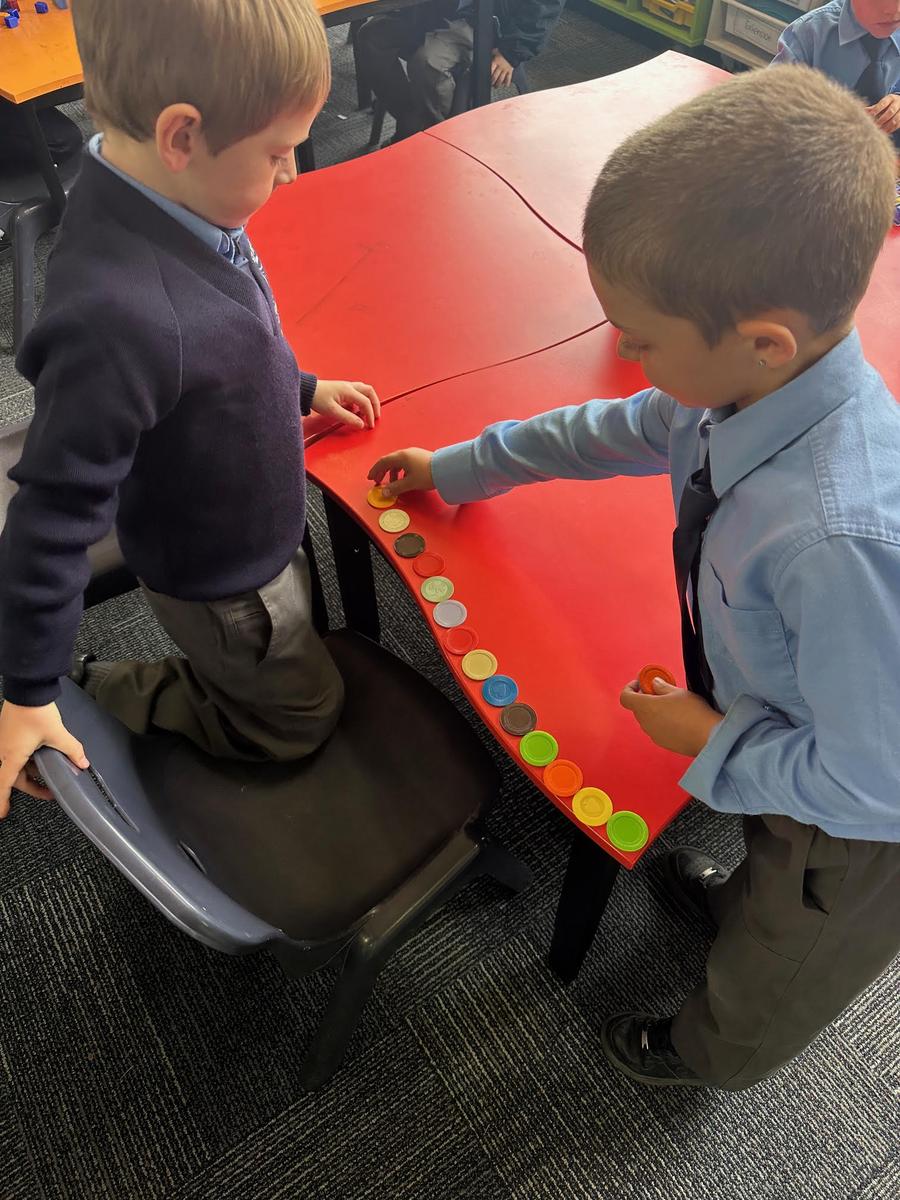
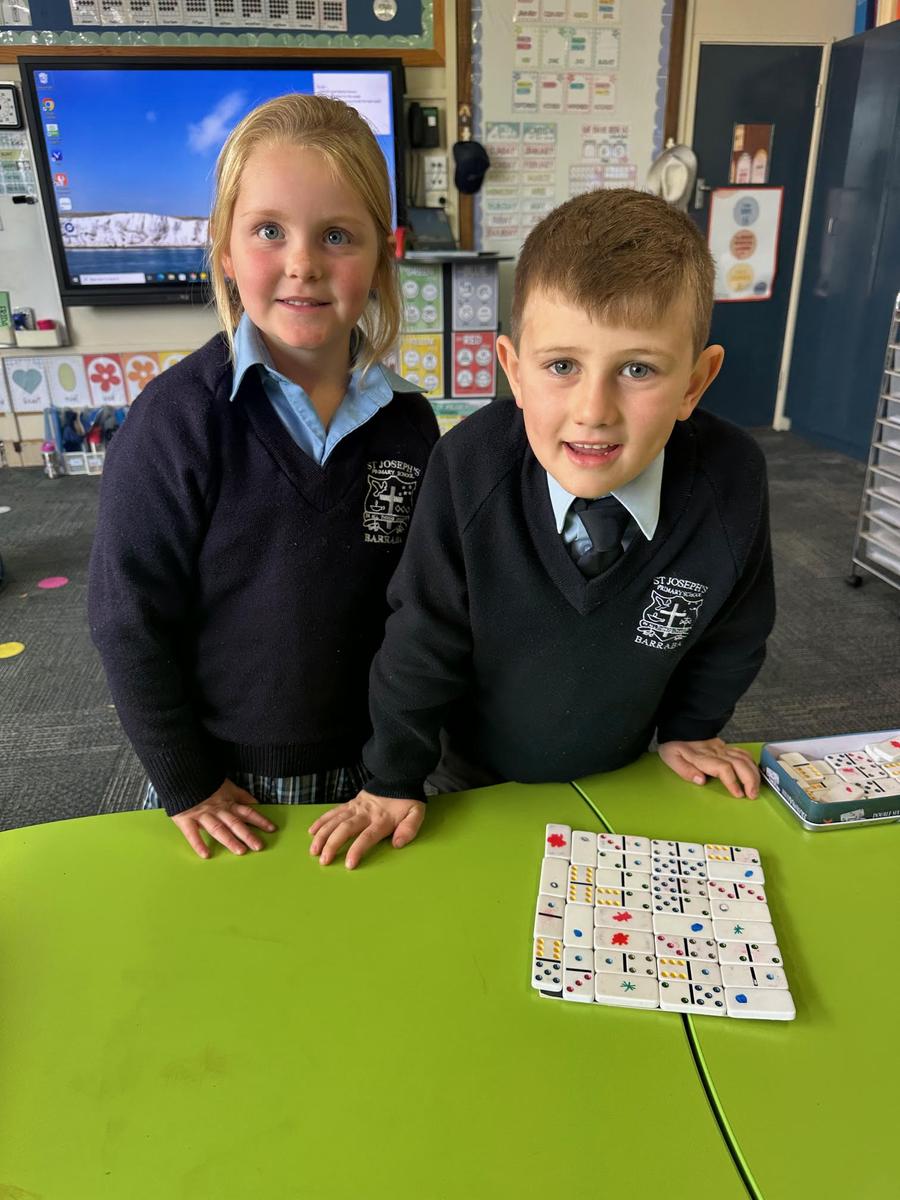
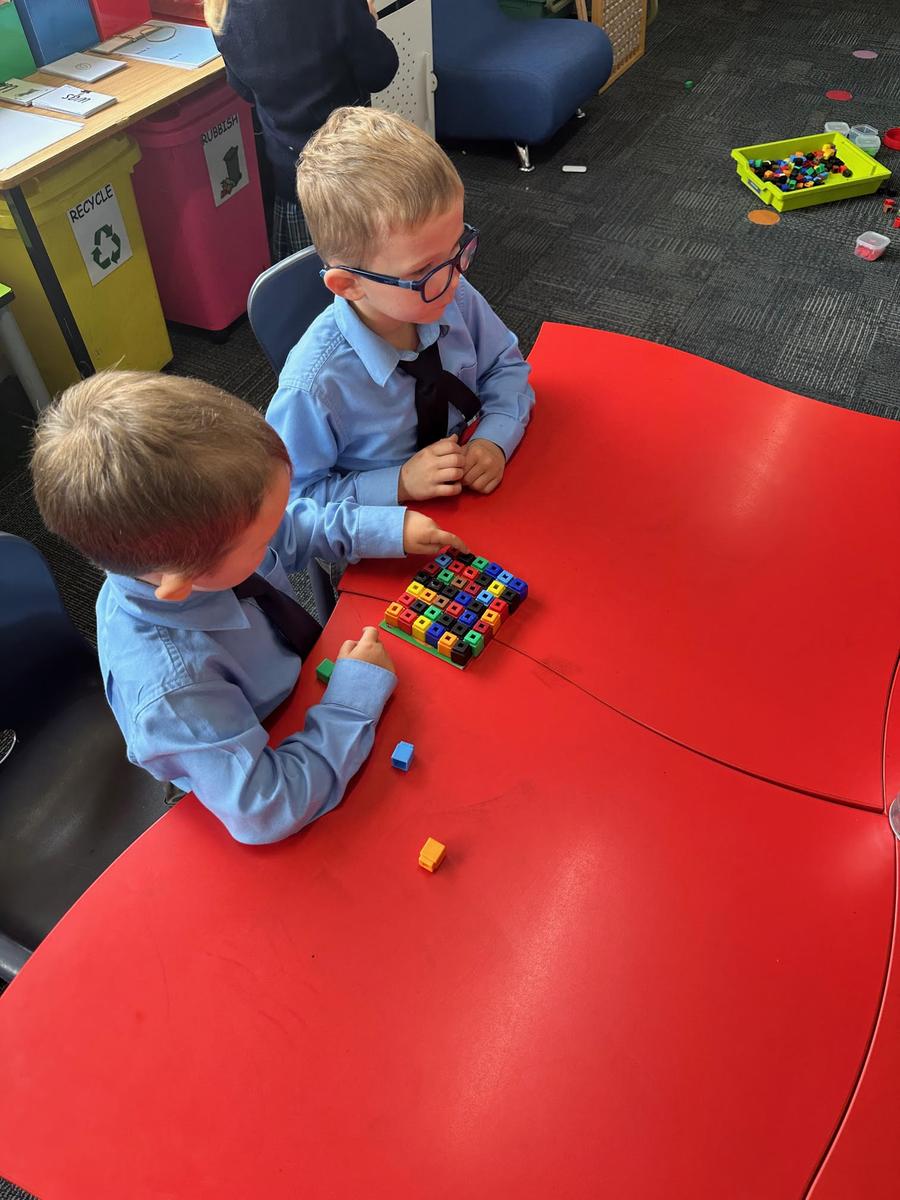

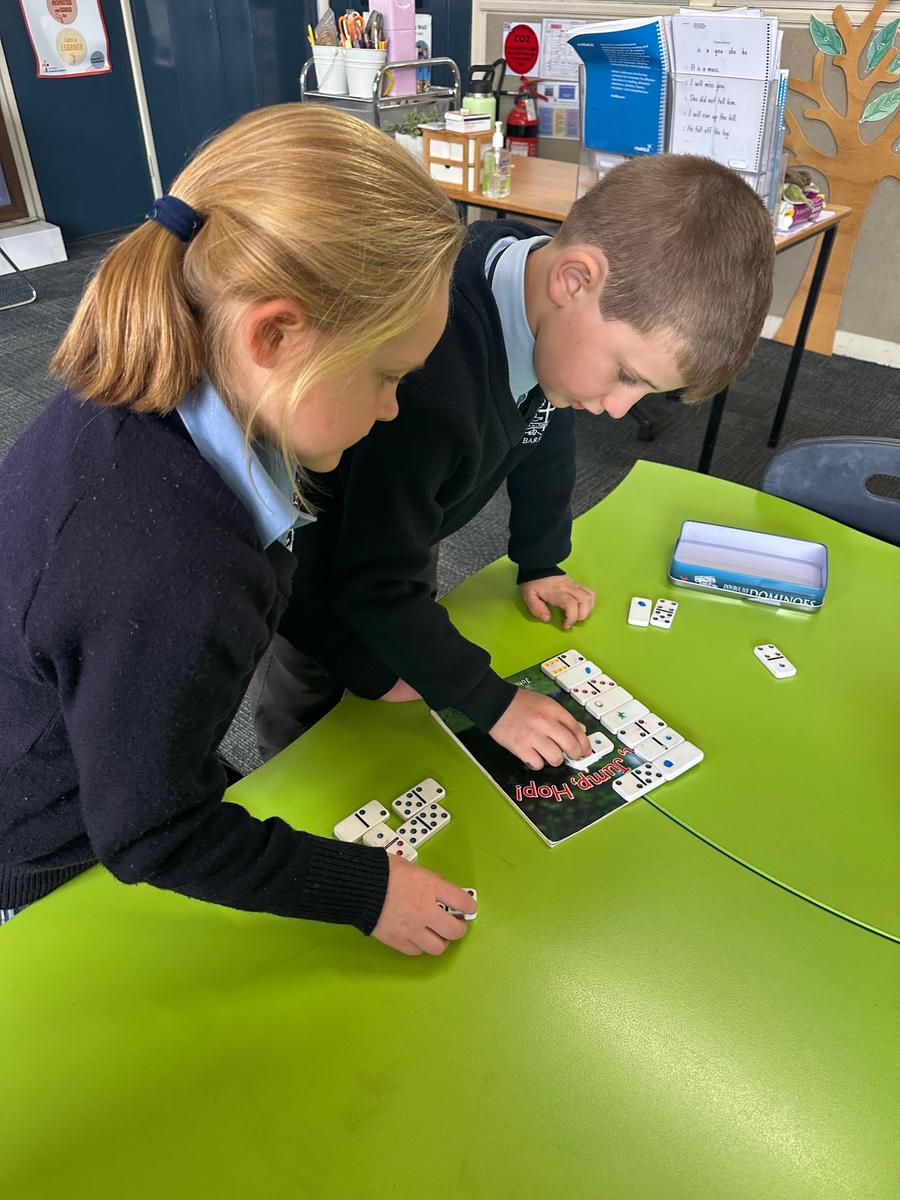
















For the next two weeks, we will be learning to model addition by combining groups of objects. Students will explore how numbers are related by joining two collections and figuring out how many there are altogether. Students will be successful if they are able to:
Here are some activities that you could do at home to promote learning!